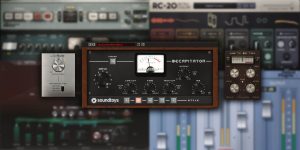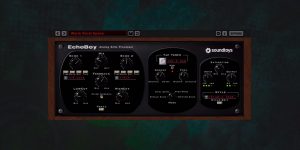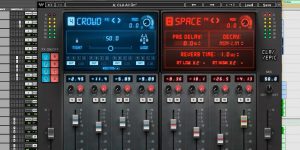What is a delay plugin? This is a question that can be answered in many ways, but we will focus on delay plugins as audio effects.
A delay plugin helps to do two things: it delays the audio signal, and it repeats the signal. The delay can be set to a specific time, like 1/4 of a second, or it can be set to sync with the tempo of the song. The repeat can be set to a specific number of times, like 4 times, or it can be set to infinite so that the signal keeps repeating. Delay plugins are very versatile and can be used for a variety of effects, from creating a simple echo to making complex rhythms.
There are many different types of delay plugins available, so it’s important to find the one that best suits your needs. In this article, we’ll take a closer look at the types of delay plugins and how they work. We’ll also provide tips for using them.
The history of delay plugins
Before digital audio became the norm, musicians had to get creative if they wanted to add echo or other delay-based effects to their recordings. One popular method was to record on a magazine reel-to-reel tape recorder and then play back the recording on a second tape recorder, with the playback head slightly offset from the recording head. This created a delay between the two signals, creating an echo effect. Another common method was to use a phonograph turntable as a delay line. By connecting the output of the turntable to the input of an amplifier, musicians could create a crude but effective delay system.
These days, of course, delay plugins are much more sophisticated (and easier to use). But it’s interesting to think about how musicians once had to get creative in order to achieve similar results.
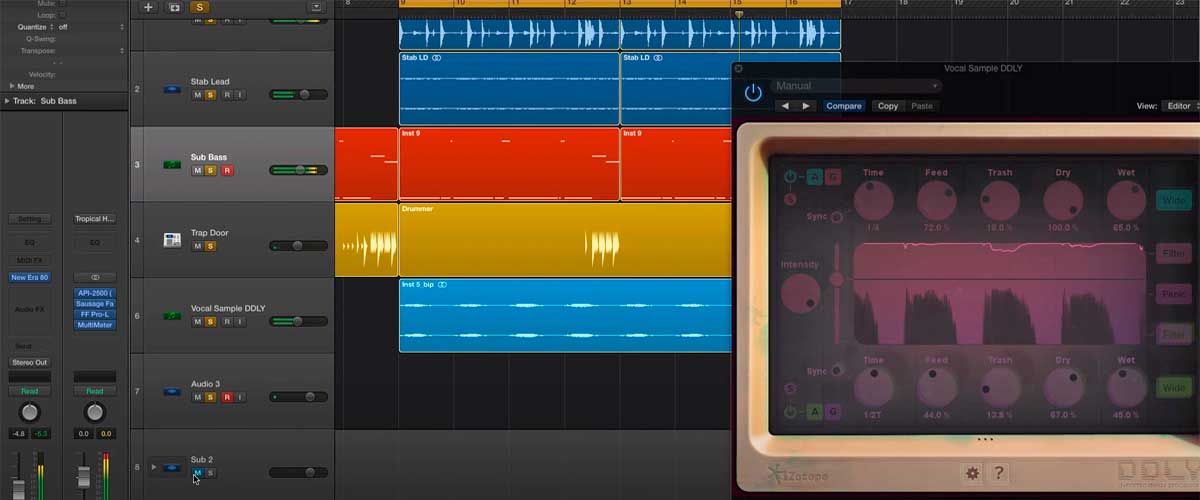
The magic of delay
That familiar sound that can take a simple guitar riff and turn it into an ethereal landscape of sound. But how does it work? In short, delay plugins create a copy of the signal that is passed through them and play it back after a brief delay. This delayed signal is then mixed with the original signal, creating the characteristic echo effect.
Delay can be used to create a variety of different sounds, from subtle ambience to long, swirling washes of sound. And while it might seem like a relatively simple effect, delay can be surprisingly versatile and expressive. So next time you’re feeling inspired to create some atmospheric guitar textures, reach for a delay plugin and see what kind of magic you can create.
Types of delay plugins
Delay plugins come in all shapes and sizes, from simple echo effects to complex modulation textures. But with so many options on the market, it can be tough to know which one is right for you. Here’s a quick guide to some of the most popular delay plugins:
Echo
Echo plugins create a delayed replica of the input signal. Simple echo effects can be used to add depth and space to a track, while more complex ones can be used to create intricate rhythmic patterns.
Modulation
Modulation delays use a low-frequency oscillator (LFO) to modulate the delay time. This can result in everything from subtle warping effects to all-out sonic chaos.
Reverb
Reverb delays simulate the reflections of sound off of surfaces like walls and ceilings. This gives the illusion of space and can be used to make a track sound larger than life.
Pitch
Pitch shifting delays pitch shift the input signal and then play it back at a delayed interval. This can be used to create everything from subtle harmony effects to wild sonic distortions.
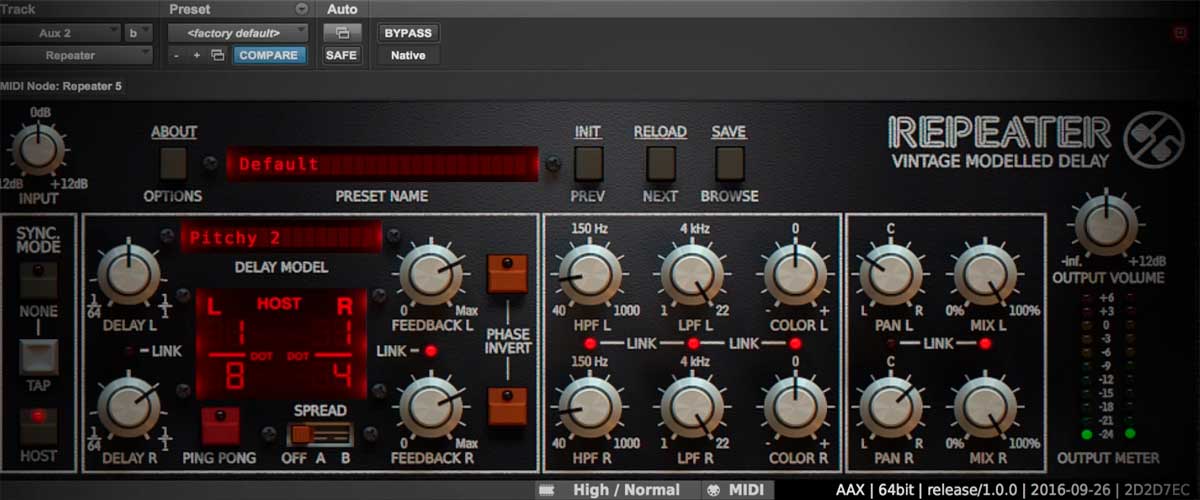
Tips for using delay plugins
Delay can help to thicken up your sound, add dimension, and create interesting textures. Here are a few tips for getting the most out of your delay plugin:
- Start with a relatively simple patch, such as a single delayed repeat. From there, you can experiment with different settings to see what sounds best.
- Play around with the timing of the delay. A longer delay will create a more “echo-y” sound, while a shorter delay will be more subtle.
- Mess with the feedback setting to see how it affects the overall sound. Higher feedback levels will create a ” spiraling” effect, while lower settings will produce a more subtle echo.
- Finally, don’t be afraid to experiment! There are no right or wrong settings, so feel free to experiment until you find something that sounds good to you.
We are supported by our audience. When you purchase through links on our site, we may earn an affiliate commission at no extra cost to you.
Our newsletter
* We will never send you spam or share your email with third parties

